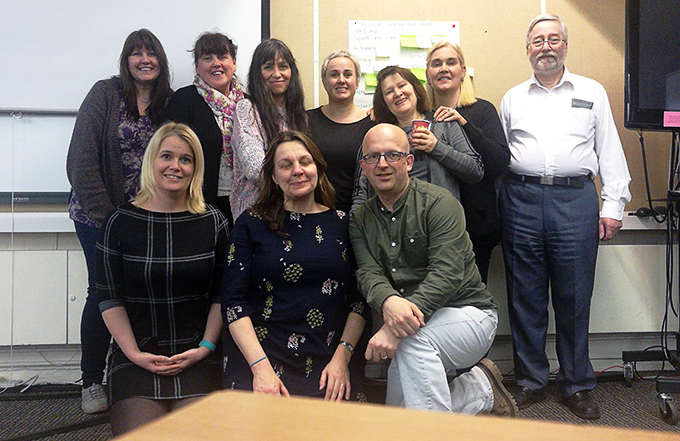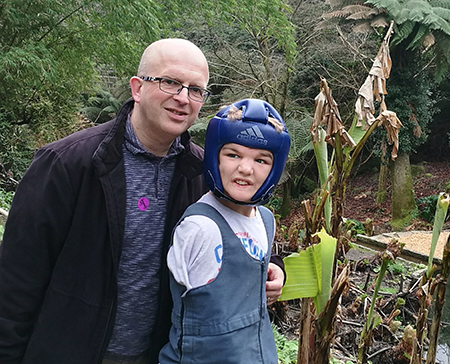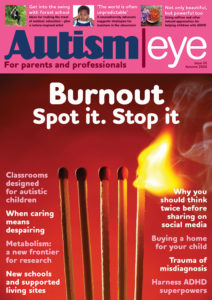A group of parents are penning guidance to help families whose children are in assessment and treatment units (ATUs).

Members of the parents’ group Bringing Us Together at a recent meeting in London. Back row from left: Lisa Perry, Hazel Griffiths, Katie Clarke, Kathryn Bromfield, Leo Andrade, Deb Evans and Ian Penfold. Front row from left: Sally Cullingworth, Isabelle Garnett and Phillip Wills.
ATUs are supposed to be short-term secure placements for people with learning disabilities. Their intended purpose was to administer treatment before individuals move back into the community.
However, the units are controversial and people can live in them for years.
Many of the parents have mounted lengthy campaigns to get their children out of ATUs or have children still in these settings.
They have set up a social enterprise called Bringing Us Together.
Katie Clarke and Debs Aspland, who are both parents of children with disabilities, founded the group.
Group aims to get people out of ATUs
Clarke says the group aims to get people out of ATUs and prevent others entering them in the first place.
Bringing Us Together’s first work will be The Survival Guide to Care and Treatment Reviews.
Care and treatment reviews take place in an ATU. They are meetings to discuss the person being treated.
Clarke, whose daughter is not in an ATU, said: “It can be very stressful — and it’s just to give them an overview because many of the parents have never come across an ATU until it happens and don’t know what to expect.”

Phil Wills with son Josh: Wills is a member of the new parents’ group producing guidance for families with children in assessment and treatment units
Among the group’s members are Phillip Wills and Isabelle Garnett.
Assessment centre 300 miles away
Wills’ son Josh, 16, spent three years in a Birmingham assessment and treatment centre. It was almost 300 miles from his family in Cornwall.
Josh, who has autism, now lives in an adapted house near his family.
Garnett campaigned with husband Robin to get their 16-year-old son Matthew out of St Andrew’s Healthcare, in Northampton.
Face-down restraint 600 times in six months
St Andrew’s featured in a recent Channel 4 Dispatches documentary. The programme highlighted how St Andrew’s subjected people with learning disabilities to face-down restraint 600 times in just six months.
Matthew is now thriving in a residential setting.
The Survival Guide to Care and Treatment Reviews will be available in around six weeks’ time (May 2017) from bringingustogether.com
Published: 24 March 2017
















